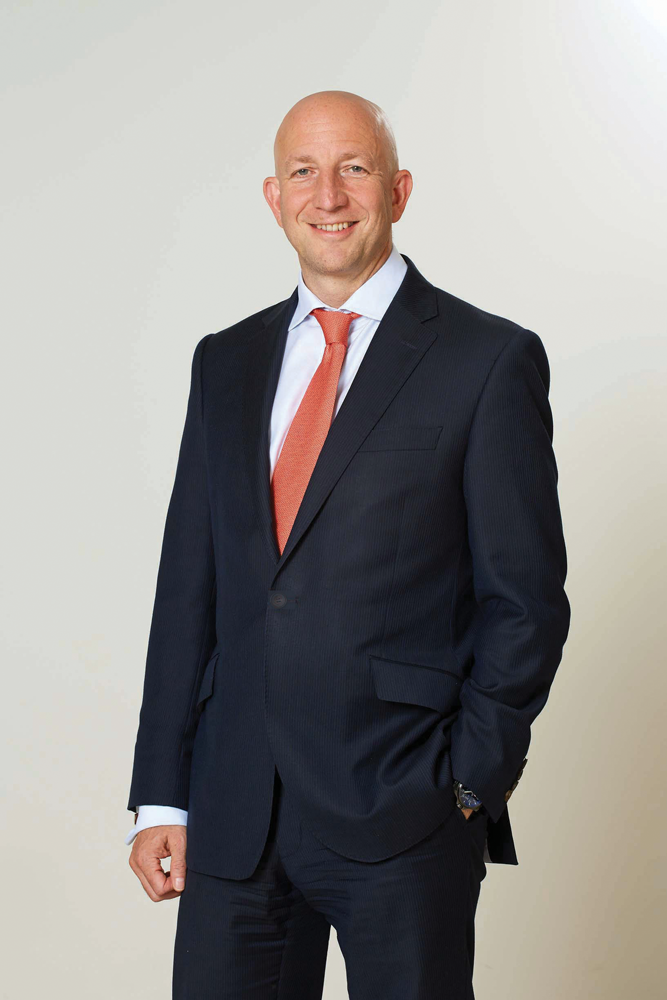Blog
BLOG: Making fund costs and charges easier to understand

The Investment Management Association (IMA), the trade body that represents UK based investment managers, is introducing a new, simple way of telling investors how much it has cost them to own units in a fund each year.
The new measure will tell investors, in pounds and pence per unit, how much profit (or loss) they’ve made and how much it has cost them.
This is a radical approach which goes beyond any disclosure required by regulators anywhere in the world. And because it is drawn from the independently verified information assembled for the audited Annual Report & Accounts of a fund, it will give consumers confidence that it is both accurate and comprehensive.
Funds are complex to run because they have a number of suppliers providing a range of services in addition to the management of the investments. Many of these services are required to keep your money safe and are at arm’s length from the investment manager. This means that if an investment manager goes out of business, your money doesn’t go with them but sails on in the fund, which simply needs to appoint a new manager.
This is great for the safekeeping of your money, but the existence of multiple suppliers leads to a complex cost structure that is difficult to understand and which makes it hard for investors to make meaningful comparisons. This leads to the suspicion that fund managers may be hiding costs. With this new measure, the IMA is tackling this problem head-on.
Our new measure is simple, easy-to-understand and covers every penny spent by the fund. This includes both the manager’s fees and all other operational costs. And it also includes all the dealing costs and stamp duty paid when an investment manager buys and sells holdings in the fund’s portfolio (known as “transaction costs”). It will give investors confidence that nothing has been hidden. The raw data will be published in the fund’s annual report and accounts, from which the media, analysts, advisers, and consumers will be able to access the information and publish it in a simple, single pounds and pence format.
The IMA’s proposals were formally ratified last week by the Financial Reporting Council (FRC). We hope that the financial regulator – the Financial Conduct Authority (FCA) – will be able to incorporate our proposals into their rules. It would then be a requirement for it to be included in fund accounts being prepared from the end of this year.
Funds can supply the basic building blocks. Now others in the supply chain like advisers and platforms only need to add their own costs in a pounds and pence format to produce a simple statement that investors will be able to readily understand. Then investors really will be able to see for themselves the total costs of ownership and make informed decisions about their investments.
But we’re not going to stop here. Our next step will be to develop a common standard for the calculation of “Portfolio Turnover Rate”, a measure that tells you how actively the investment manager buys, sells and holds shares.
Despite the fact that managers buy and sell shares because they think the ones they’re buying will do better than the ones they’re selling after costs, trading does have implicit costs beyond the direct costs that are explicitly included in our pounds and pence measure. These implicit costs occur because of the “spread” between buying and selling prices. So an understanding of the level of buying and selling (the portfolio turnover rate) will also be an important step forwards for the ability of investors and their advisers to make informed choices.
The IMA and our members are committed to full transparency over costs and charges in a format that is clear, comprehensive and accessible to those without a post graduate qualification in rocket science.
We’re making progress and the ratification of our pounds and pence disclosure measure marks a big step forwards. Now, it’s on to the next leg of the journey!
Daniel Godfrey is chief executive of The Investment Management Association